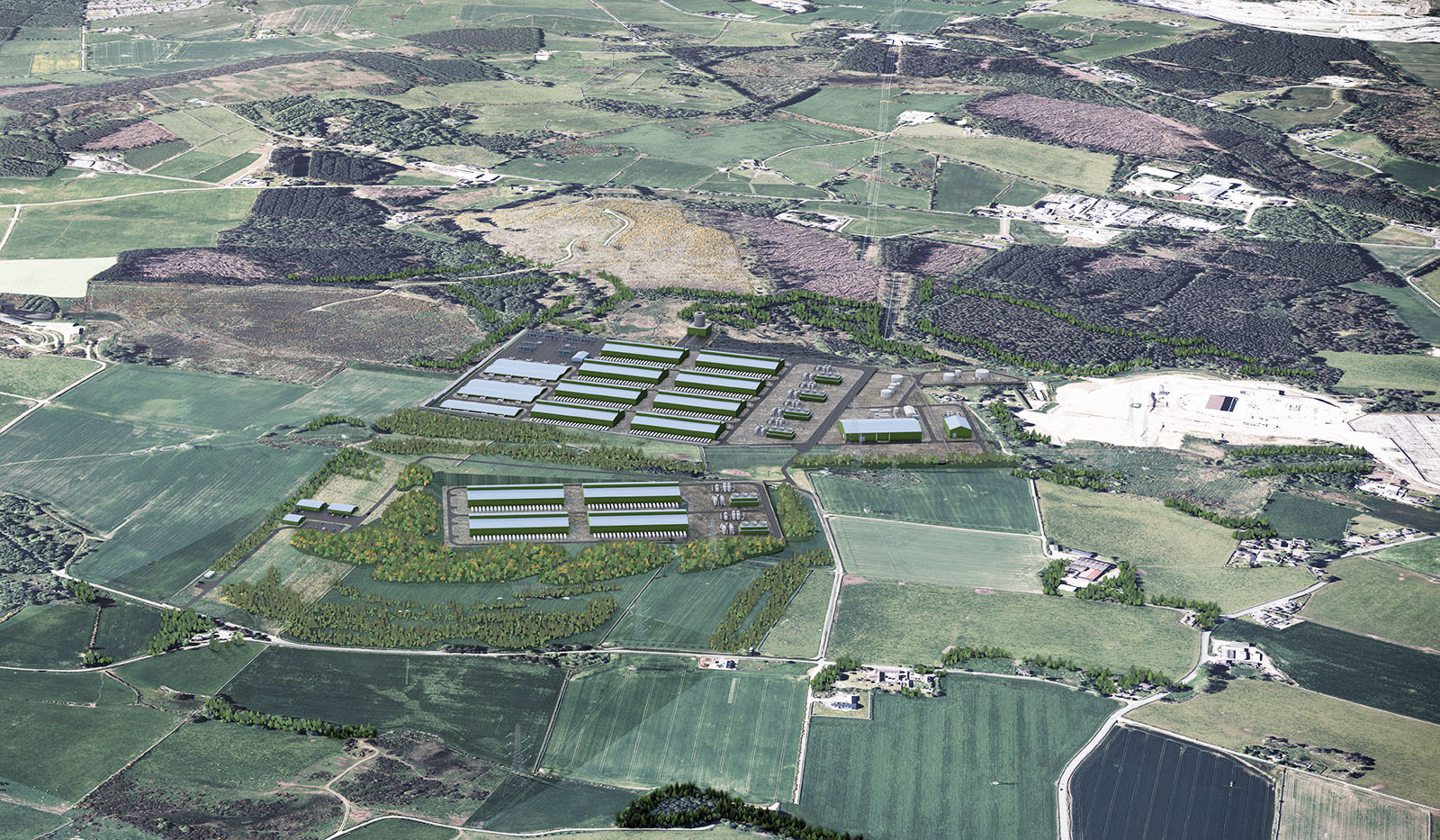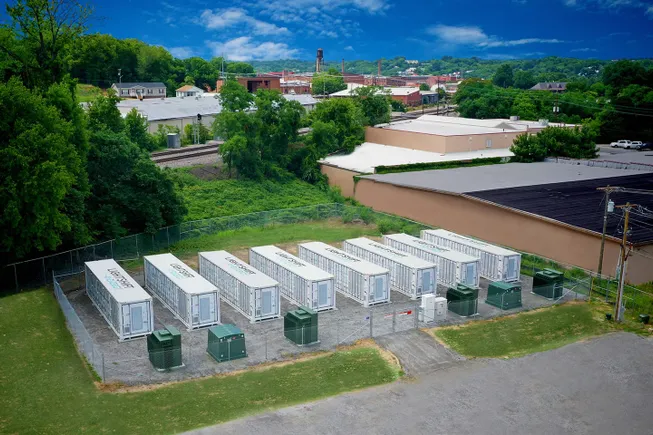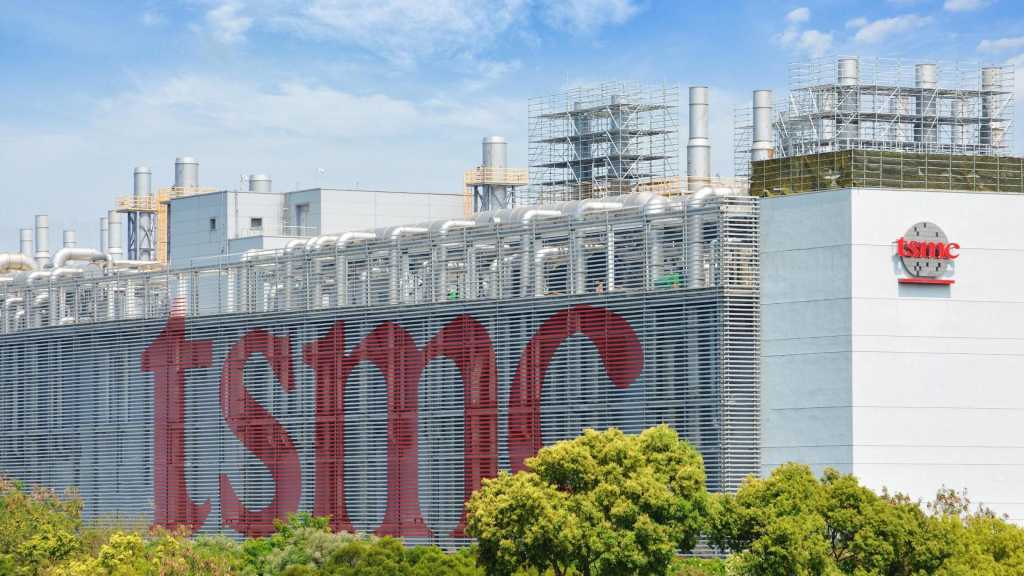
Plans to create one of Europe’s largest hydrogen plants near Kintore have taken a step forward – despite calls for it to be thrown out.
Statera Energy wants to build the massive 3GW Kintore Hydrogen project near Laylodge.
Once constructed, it would be the largest site of its kind in the UK.
It has been earmarked for land near the Kintore substation and a recently approved battery energy storage system.
The site will produce green hydrogen at an electrolysis plant using surplus wind power generated from turbines and water from the River Don.
Water from the river will also be used to cool equipment on the site and would later be returned back to the Don.
Members of the Garioch area committee had called for the project to be scrapped last month over fears the Kintore area was becoming too industrialised.
Historic Environment Scotland had also objected over fears it would harm the South Leylodge steading stone circle.
Kintore hydrogen plant could ensure north-east is ‘global energy leader’
The application went before a council meeting today. It will ultimately be decided by the Scottish Government, but the local authority’s input will be a key consideration.
Senior development manager for the Kintore project, William Summerlin, made a case for the hydrogen plant.
He claimed the site would create “significant employment and economic opportunities” for the north-east and Scotland.
Mr Summerlin also said that more than 3,000 jobs could be created during the construction period with over 300 operational jobs on site and in the supply chain.
“Businesses up and down Aberdeenshire are standing ready to tender for this project,” he told the chamber.
“Fabrication yards in Aberdeen and throughout the Shire are well-positioned to become assembly yards for electrolyser equipment.
“Kintore makes use of abundant Scottish wind power converting it into a different energy carrier, hydrogen, transporting it via our existing and repurposed gas pipelines that lie underground already.
“The project can also enable offshore wind investment, sustaining the north-east as a global energy leader.”
Kintore hydrogen plant needed to secure future jobs
East Garioch councillor Glen Reid admitted he found the application “extremely difficult”.
However following the debate, he found himself backing the proposal.
He explained: “With safety removed as a concern that we can consider here, do the socio-economic benefits outweigh the negative impacts? It’s a hard judgement call.
“But given the transition that the north-east of Scotland is facing, the constant reduction in jobs within the oil and gas sector, there needs to be a future provision of high-quality, well-paid jobs for local school leavers and residents.”
Fears for residents and ‘hazardous’ hydrogen
However not everyone was convinced.
Inverurie councillor Marion Ewenson welcomed the jobs and the “fantastic figure” of carbon offset, but there was one hurdle she couldn’t get over.
“It’s still a site which would produce a hazardous substance on the doorstep of the residents of Laylodge and Kintore,” she said.
East Garioch councillor Jim Gifford called for the application to be refused.
He noted there was a need for a plant like this as it was a “great opportunity” to use extra electricity from turbines.
But, he was concerned about where the site is to be located and the effects it has on the people around it.
“Hydrogen technology is the way forward other than electric vehicles, hydrogen is a much better solution,” he said.
“The effect on the residents and the amenity on those who have been living there for many years is going to be substantial and I don’t think that’s something we should inflict on them if we have a choice.”
Mr Gifford noted that those living in Laylodge already live alongside two substations, battery storage units, pylons and turbines.
“It’s a real challenge for folk living there and they need some protection,” he claimed.
Following a vote, the planning permission in principle was granted by 43 to 16, with one no vote recorded.
What will happen next?
Aberdeenshire Council will now issue a note to the Scottish Government, advising their decision to support the application.
This is needed due to the objection received by Historic Environment Scotland.
As for the proposal itself, planners will draw up more detailed planning application that will be submitted at a later date.




















